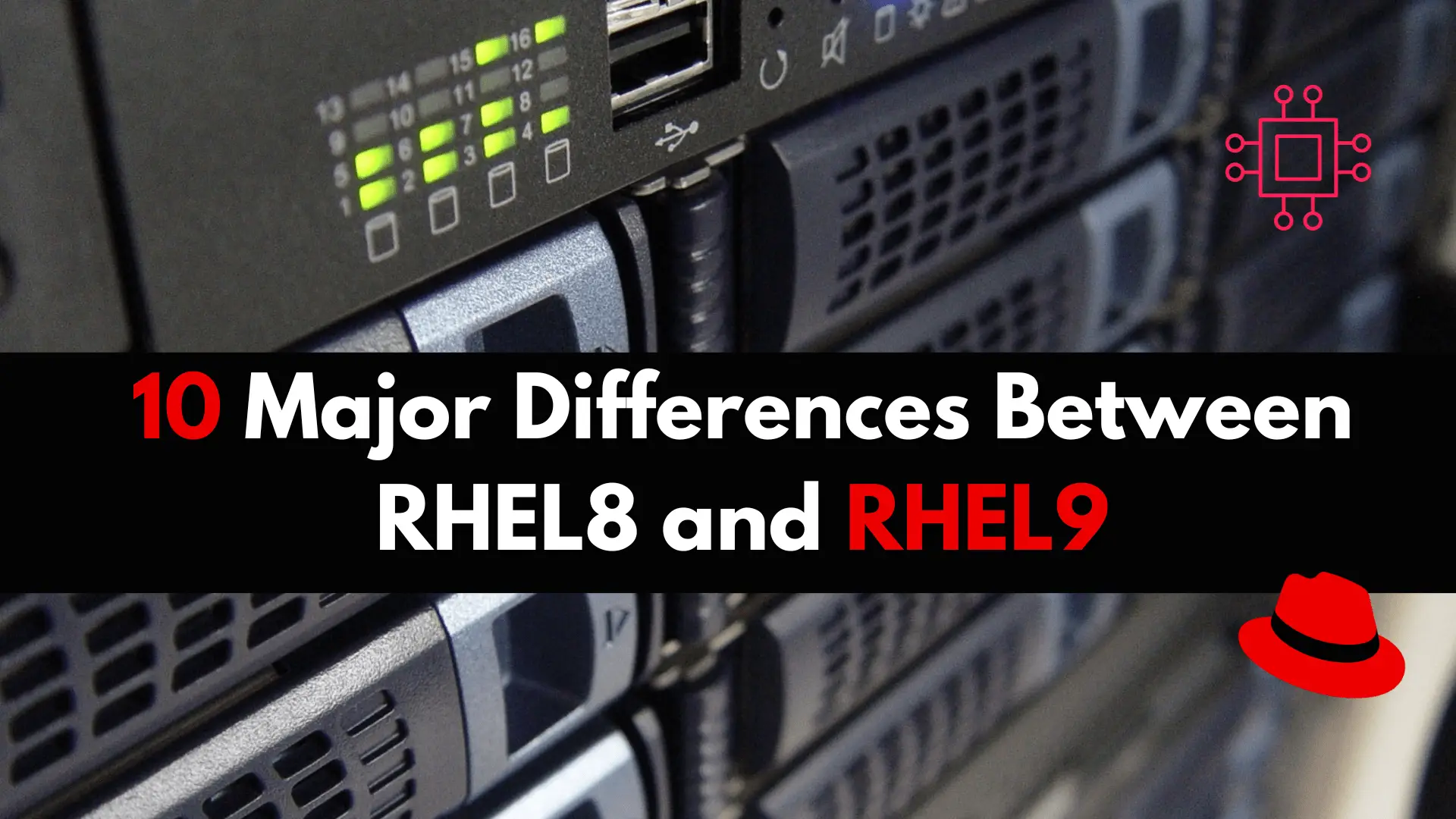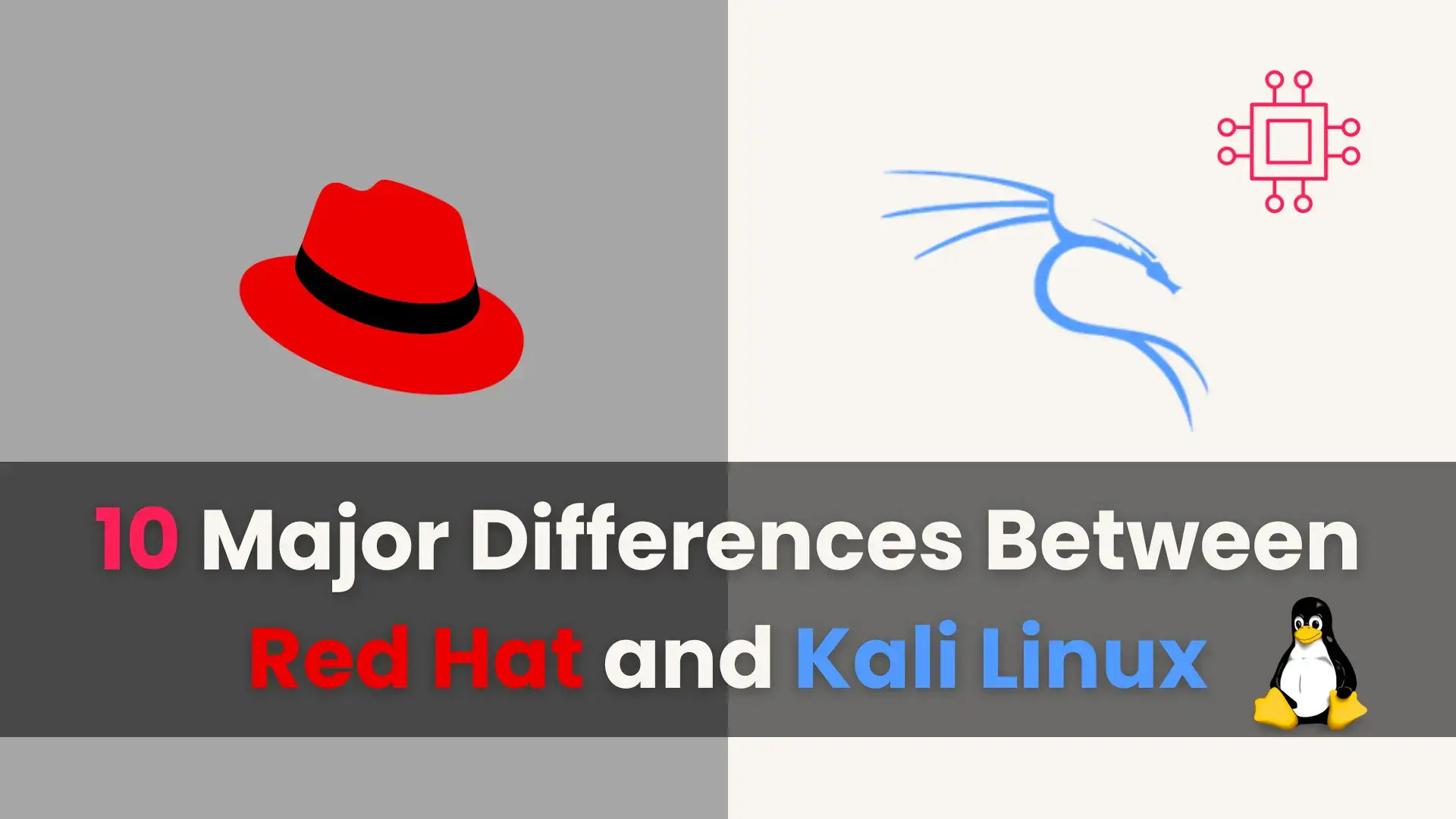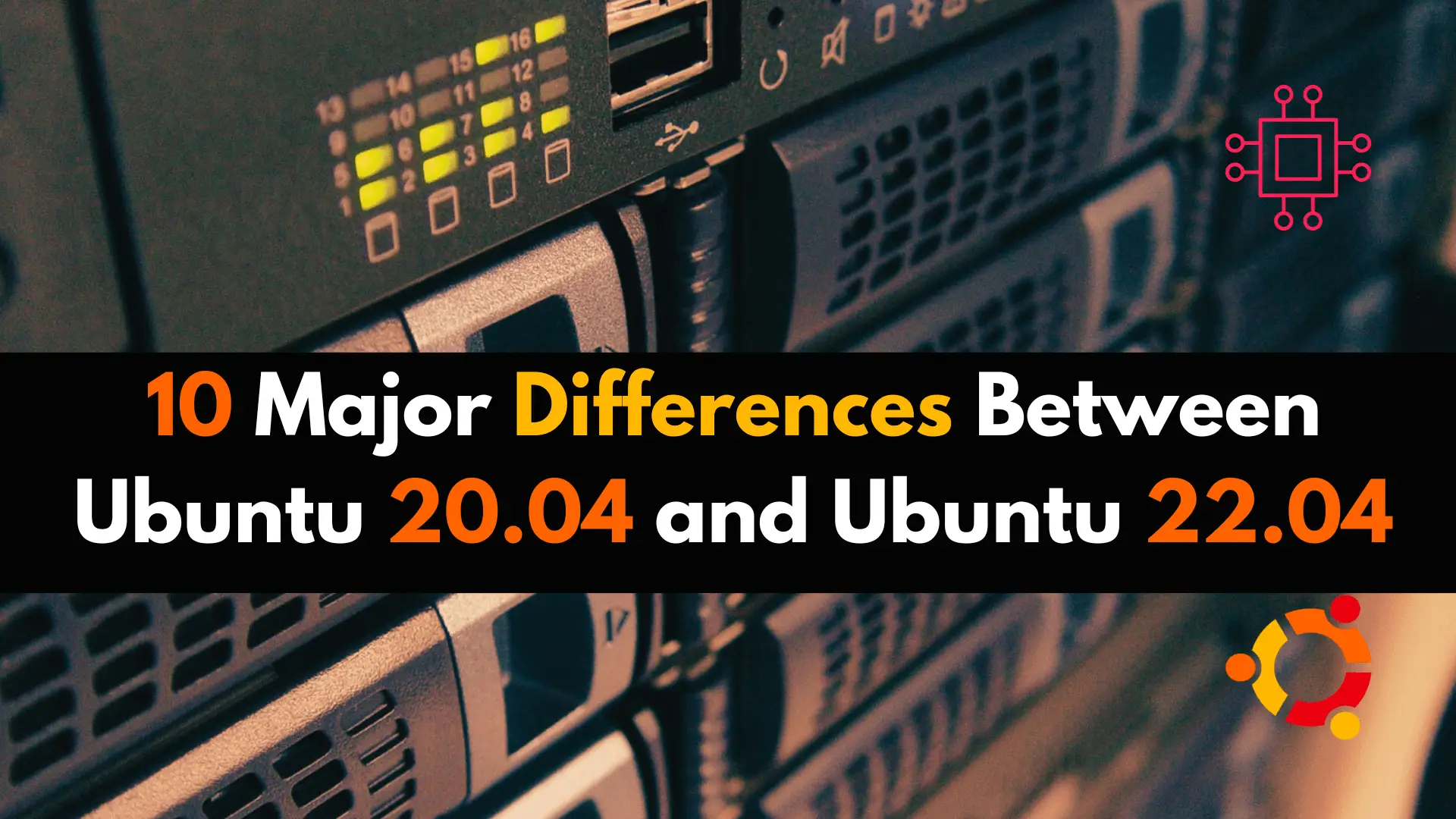
Discover the major differences between RHEL 8 and RHEL 9 and review the latest version’s enhancements in performance, security, and containerization support. RHEL 9 introduces

In this blog post, we’ll delve into the 10 major differences between Red Hat and Kali Linux, shedding light on their unique features, use cases, and target audiences.
In the expansive realm of operating systems, the sheer variety of options can often leave users bewildered. Yet, amidst this sea of choices, Red Hat and Kali Linux emerge as prominent figures, each with its own dedicated following and specific niche. Red Hat, epitomized by its flagship offering, Red Hat Enterprise Linux (RHEL), excels in serving the needs of enterprise environments, providing unmatched stability, security, and scalability.
Conversely, Kali Linux, a powerhouse in the domain of cybersecurity, offers a comprehensive toolkit tailored for security professionals and ethical hackers. With its vast array of pre-installed security tools and a focus on cutting-edge penetration testing capabilities, Kali Linux has become indispensable for those navigating the complex landscape of digital security. Thus, while both Red Hat and Kali Linux share a foundation in the Linux ecosystem, their divergent focuses and distinct feature sets make them indispensable choices for users with disparate needs and objectives.
Now let’s take a close look at 10 of the major differences between these two operating systems, shedding light on their unique characteristics, functionalities, and target audiences.
|
|
|
|
|
|
|
|
|
|
|
|
|
|
|
|
|
|
|
|


Photo by admingeek from Infotechys
While both Red Hat and Kali Linux are based on Linux and share some common traits, they serve distinct purposes and cater to different audiences. Red Hat targets enterprise environments with a focus on stability, security, and support, whereas Kali Linux is tailored for cybersecurity professionals and enthusiasts, providing a comprehensive toolkit for security testing and ethical hacking. Understanding the differences between these two operating systems is essential for choosing the right solution to meet your specific needs and requirements.
Did you find this article useful? Your feedback is invaluable to us! Please feel free to share your thoughts in the comments section below.
Related Posts

Discover the major differences between RHEL 8 and RHEL 9 and review the latest version’s enhancements in performance, security, and containerization support. RHEL 9 introduces

In this tutorial, we’ll guide you through the step-by-step installation of RHEL9 on KVM. The process is uncomplicated, and we’ll present it in a format

In this blog post, we’ll explore the 10 major differences between Ubuntu 20.04 and its latest iteration, Ubuntu 22.04, shedding light on the advancements that await
